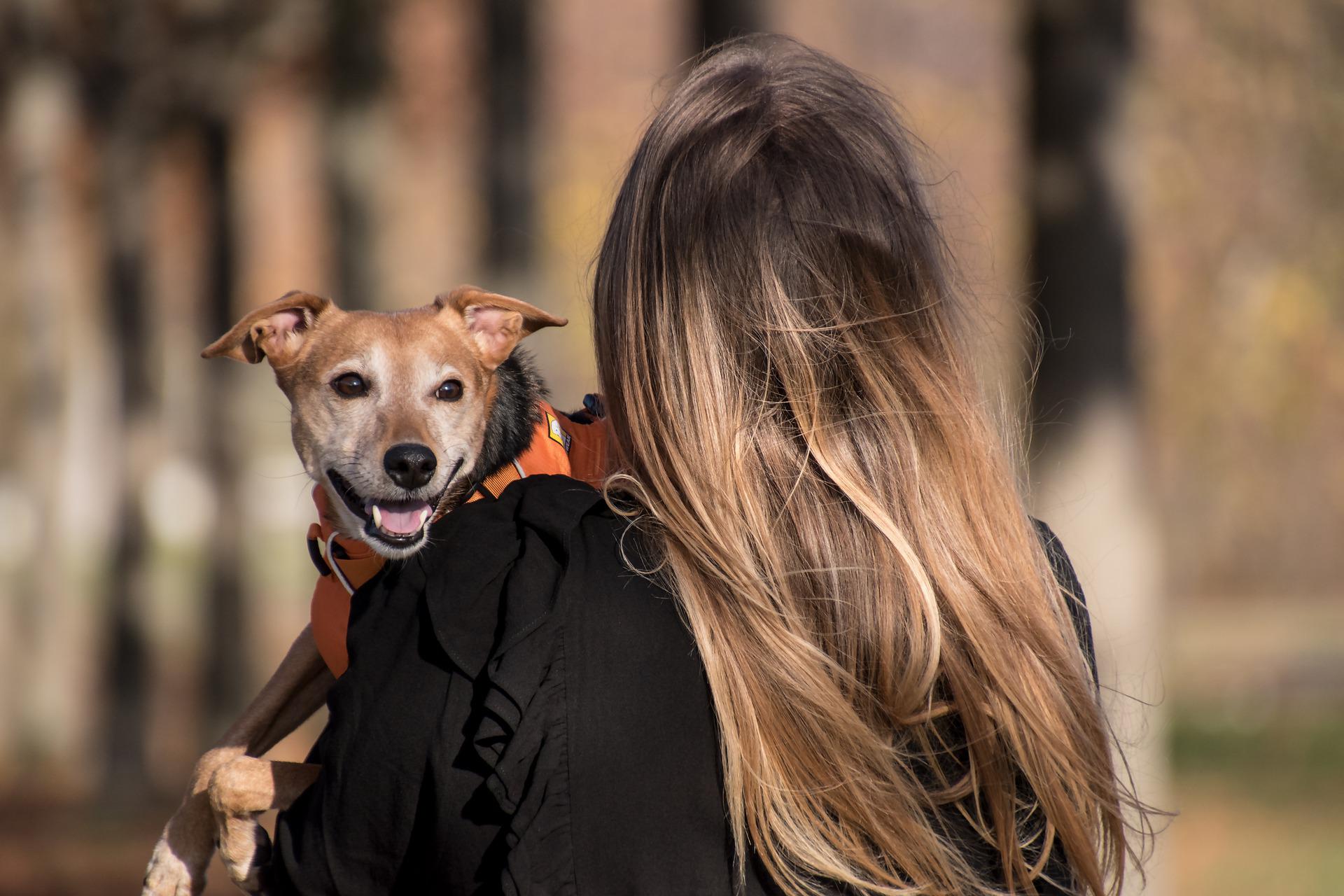
What is a Pet Microchip?
A cat or dog microchip is a tiny implant that offers a permanent form of pet identification.
Little bigger than a grain of rice, a pet microchip can reunite you with your pet if they become lost, provide invaluable proof of ownership during a dispute over pet ownership, or make all the difference between euthanasia and medical care during an emergency.
Microchipping and registration of dogs is required by law in New Zealand and must be done by three months of age. It’s also required where dogs have been impounded or classed as menacing or dangerous.
Unlike dogs, cats have not been legally required to be registered or microchipped. However, growing social concern about the impact of cats on native wildlife has seen an increased awareness about the need for cats to be microchipped. Selwyn in Canterbury is the first South Island district in New Zealand to require cats to be microchipped from four months of age with effect from July 1, 2022.
Why you should microchip your pet
Beyond legal requirements, there are several other very good reasons to have your pet microchipped...
Help to find your pet when lost or stolen
The main benefit to microchipping is that if your pet is lost or roaming and picked up by a local shelter or the SPCA, it can be quickly identified simply by scanning your pet. This means that if you have microchipped and registered your pet, they will be promptly returned to you. Our clinics have seen lost pets recovered within an hour of escape from a yard or car.
While collars with ID tags can often be lost, a microchip will be a secure way of providing identification for your pet. Also, if your pet is valuable, they could be a target for theft. Microchipping will help to provide evidence of ownership in the event of a legal dispute.
When natural disasters strike
Natural disasters, such as earthquakes, floods or fires can lead to pets being separated from their homes. In some cases, animal control must evacuate pets from a community into a central holding area. Being able to prove a pet is yours is invaluable in this situation, especially if your pet is difficult to identify from a photo or does not have distinguishing markings. Microchipping proved invaluable in helping reunite lost pets after the 2011 Canterbury earthquakes.
Injury
If a pet is injured while lost or roaming, a good Samaritan might bring them to a veterinary clinic for care. However, if your pet has no identification, you will be uncontactable and unable to make important decisions about their treatment (and you may never find out what happened to your pet). A microchip allows you to be notified so that you can decide on treatment and provide important medical history.
Taking advantage of the latest pet innovations
Microchips not only provide another way to identify your pet, in addition to a collar or tag, but they can also be used in modern pet products, such as automated cat flaps or feed bowls.
For example, microchip cat flaps are useful at stopping stray or wandering neighbourhood cats from entering your house and making a pest of themselves. They work simply by scanning for a microchip as an animal tries to enter, and only allowing your pets through.


How does Microchipping work?
A microchip ID is a small computer chip with a unique number loaded onto it. When a scanner passes over it, a signal is emitted indicating the unique identification number of the chip. It is inserted under your pet’s skin over the shoulders, using a specially designed needle.
Sedation is not normally required for this procedure and can be done during a routine vaccination. However, as it is uncomfortable, we often combine microchipping with routine anaesthetics, especially castration or spaying. Your cat or dog is scanned before and after microchipping to ensure that they do not already have a chip and to ensure that their new chip works.
Usually, during scanning, the chip is found near where it was inserted although sometimes, it can migrate and you might notice the ‘beep’ is found further down the shoulders or back.
Why do I need to register a microchip?
The chip number is like a vehicle identification number on a car. It is registered in a central registry just as a car is registered and it is the central registry that has your personal information e.g. name, address, phone number, alternate contact and pet description.
Just remember, after the microchip has been placed you need to register your pet with the local council (a legal requirement for dogs) so their identity, microchip number and your details as the owner to be stored on the council database. If you do not send in the forms, the chip will remain unregistered. Likewise, cats need to be registered with the New Zealand Companion Animal Register (NZCAR) and not just the clinic.
You also need to ensure your chip registration is up to date, such as if you move or change phone numbers. Also, if your chip is not registered and someone finds your pet and wishes to keep him, they may simply register the chip in their name if it has not already been registered.
Furthermore, if you plan to travel with your pet(s) outside your local district, you can register them on national databases as well.
Your Buller Vets veterinarian can register your pet’s microchip during your microchip appointment for a small, one-off fee with New Zealand’s Companion Animal Register, (NZCAR), the leading national register. They can also update the register if you provide them with up-to-date details for free.
Speak to your Buller Vets veterinarian about how microchipping can help keep your pet safe.

FAQs about Microchipping
Is my personal information stored on a microchip?
No. Only the unique identification number is encoded on the chip. None of your personal information is stored on the chip. To link the number on the chip to you, your pet and their microchip number need to be stored on the New Zealand Companion Animal Register. This register allows any clinic or shelter to look up the number stored on your chip, bringing up your details. When your cat is microchipped, a small one-off fee is required to register your pet with the New Zealand Companion Animal Register (NZCAR). This information is then stored for life.
Can a microchip be used to locate a lost pet?
No. A microchip is an identification device, not a locator. At present, GPS collars are available, but they are of limited use as they can easily be removed or can come off.
Do microchips have to be renewed annually?
No. Once the microchip is registered, that registration is indefinite. This means that the microchip never becomes unregistered after it has been registered. However, problems can arise when people move or the pet changes ownership and the chip information is not updated.
What is the difference between registration and licensing?
Microchip registration is different from licensing a pet. Many local councils include chip numbers in the license paperwork for a pet and maintain their chip database. However, it is best to register your pet’s microchip number both with the local council and the New Zealand Companion Animal Register (NZCAR), as local councils do not share one central microchip database.
Are microchips safe?
Yes. There are no health risks associated with pet microchips.
What should I do if my pet is lost?
If your pet is lost, fill out the form on the NZCAR’s Lost Pet website, a free nation-wide service for lost and found pets. Also, inform your local clinic in case anyone brings in your pet.